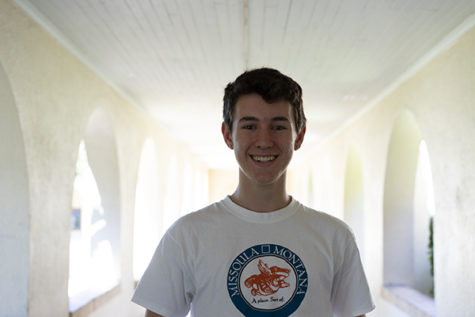Safety Dance
The Coronavirus pandemic shut down studios across the bay area and so both studio and student have had to adapt to the changes
The pandemic shut down our world in April; in the world of dance, studios had to shut down and scramble to move their classes online and cancel any upcoming performances. Many studios lost money, and they had to come up with new and creative ways to maintain a professional company or keep their studio space.
On August 28th, 2020, Santa Clara moved from Tier One, the most restrictive tier on the Blueprint for a Safer Economy, to Tier Two. This meant that dance studios and indoor gyms would be able to return to in-person classes with limited capacity.
Dance schools and companies are currently looking into methods for safe indoor classes. The new guidelines for indoor classes include requiring everyone to wear masks while indoors, regular screening and sanitation, proper indoor ventilation and contact tracing to the best of the studio’s ability.
For Paly dance coach Alanna Williamson, dancing in Coronavirus hasn’t been all bad. “It’s been the best part of quarantine because it’s something I can do that hasn’t been taken away,” Williamson said.
For the dance team, funding has been tight, and, like studios around the bay area, are dealing with the unpredictability of the year. “We have the whole year planned because we planned for the worst case scenario,” Williamson said. “If things do get better then we can just add things instead of taking them away.”
Paly dance will still get to compete in the regional dance competition come winter. “USA, our competition institution, is doing virtual competitions, so that means we can participate,” Williamson said.
The current Paly dance season, however, has not been without controversy. Fall officer of the Paly dance team, Riley Herron, has not been pleased with the administration’s decisions regarding prep periods.
PE is usually only required for freshmen and sophomores, doing a sport allows a prep instead of PE. Juniors and seniors are not required to take PE. Due to this unprecedented situation, freshmen and sophomores, although still part of a school sport, are unable to utilize preps.
“Since every other sport isn’t running right now, we have to run [dance team] on our own,” Herron said. “The people who could have had a prep are [still] doing 10 plus hours.”
The School Board’s response to the refusal of their prep periods has not satisfied the dance team members either. “The problem [with] the school board’s argument is that we aren’t technically a sport and sports aren’t going right now,” Herron said. “But every other year, they say we’re not a sport.”
Herron herself has had a difficult time dancing online. “I think one thing that is challenging is, usually you work off of each other’s energy and you can’t push yourself when you’re the only one there,” Herron said.
Paly dance is planning on accomplishing a lot through zoom practice. “We were planning for a complete virtual year and recording things on zoom and publishing them through school platforms,” Williamson said. “Since we got an okay to do in-person practice, we will go in person and do formations and record a dance like that, and do things similar to the studio world.”
Dance studios are presented with a multitude of challenges when it comes to dancing in the era of COVID-19. Many of the characteristics of dance studios yield little to no opportunities for socially distanced dancing. As many studios slowly begin to reopen, they must make accommodations in their space to follow community guidelines.
Rowan Erickson, Paly junior and dancer at Dance Connection Palo Alto, describes how her studio has addressed guidelines. “[Our studio has] cohorts of 12 people and one teacher per each cohort,” Erickson said. “We have to wear masks, get our temperature checked before we enter, and fill out a symptoms survey everyday.”
Regarding the unideal commitment, William Rumelhart, junior at Paly and dancer at New Ballet: San Jose, finds practice hard too.
“I wouldn’t say I like dancing at home, I would say it feels like more of a chore,” Rumelhart said. “I’m still at the house, I’m not going anywhere to do it, but I think just overall the virus has made it difficult to dance with other people.”
There are several challenges that come with dancing at home, including the strain it puts on studios and the lack of motivation many dancers have been facing. However, it’s more than evident that these performing artists will stop at nothing to master their craft.
While there are necessary measures to maintain public health and safety, it dampens these artists’ ability to convey the expression and emotion usually seen in their performance. Dancing through a pandemic may be hard, but their passion for the arts prevails.

2019-2020 - Staff Writer
2020-2021 - Editor-in-Chief
Hear more about me!

2020-2021 - Staff Writer
2021-2022 - Editor-in-Chief
I joined C Mag because of the artistic and design-heavy aspect of the magazine, as well as the...






